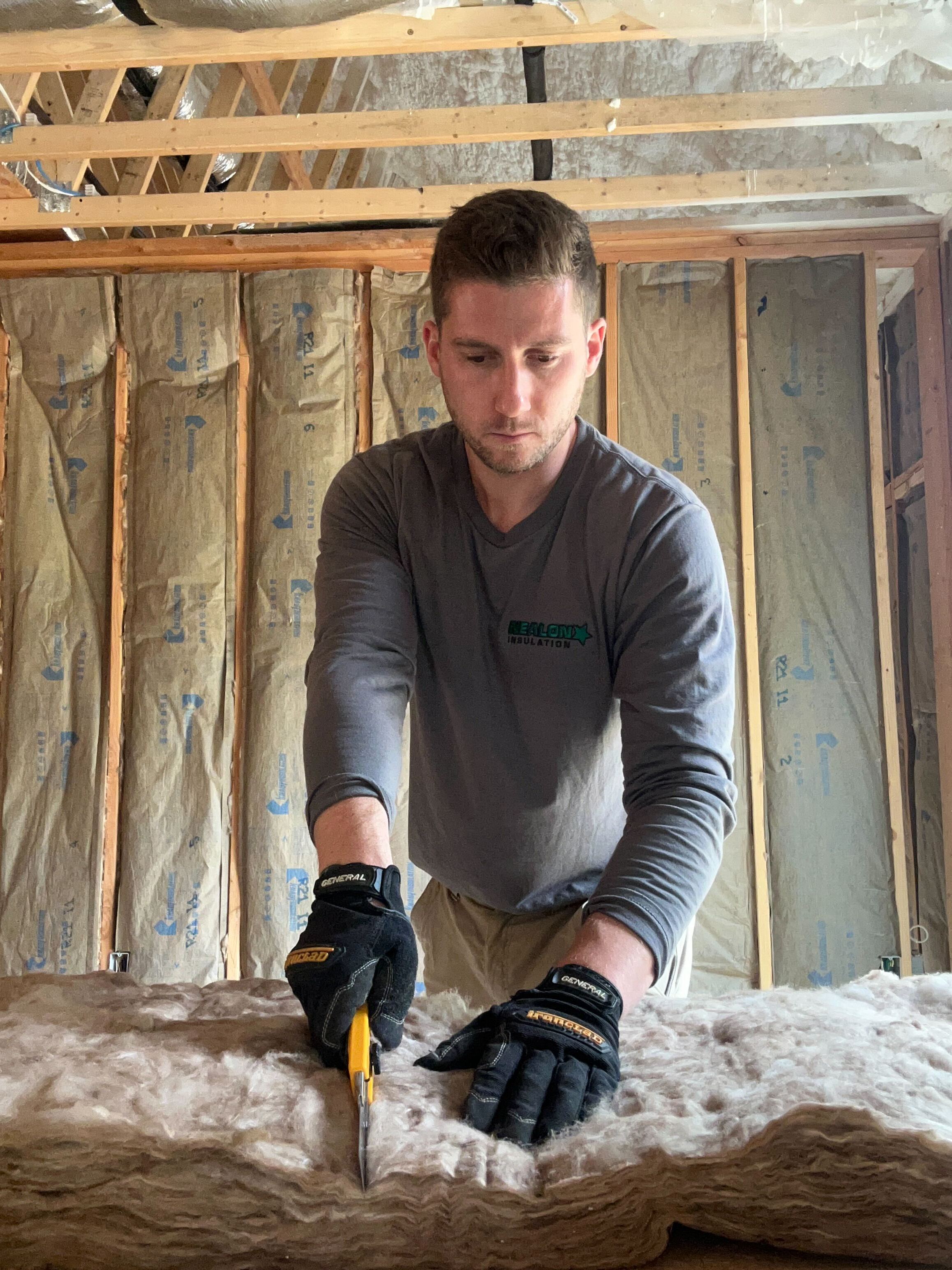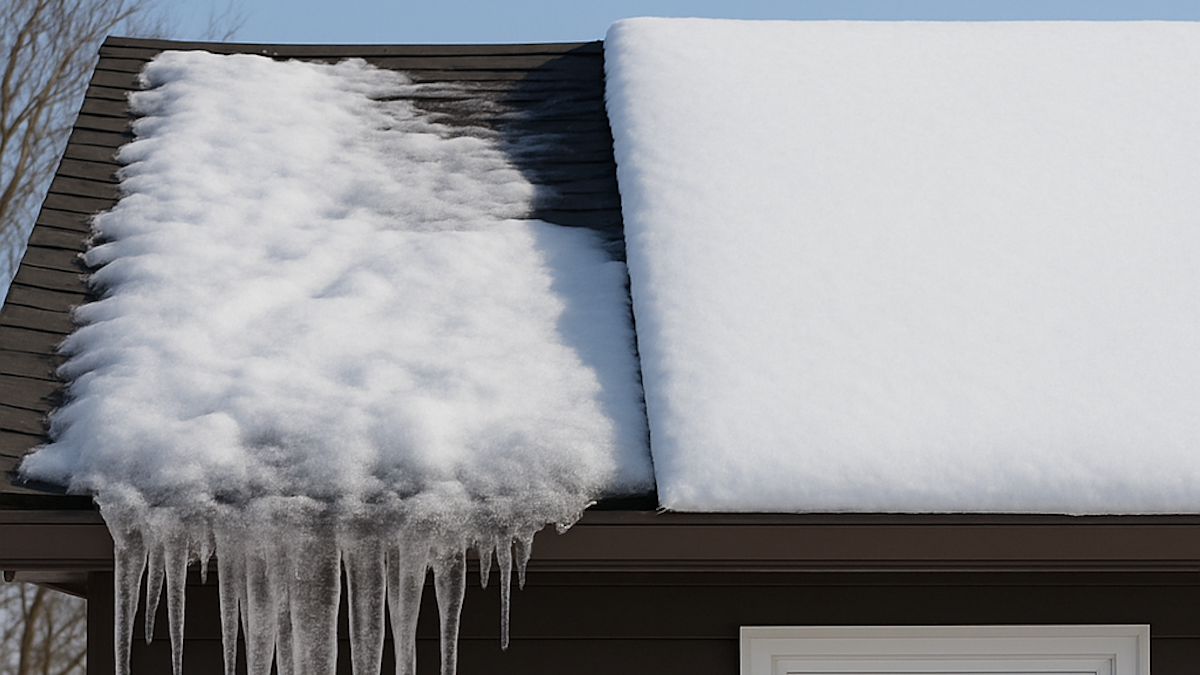Best Exterior Wall Insulation Materials for Maximum Energy Efficiency

If you’ve ever stood near a cold wall in winter and thought, “Why is my house bleeding heat like a busted radiator?”—you’re not alone. Exterior walls are one of the biggest culprits when it comes to energy loss. And if they’re under-insulated (or not insulated at all), you’re basically paying to heat the outdoors.
Insulating your exterior walls isn’t just about comfort—it’s about control. Control over drafts. Control over your energy bills. Control over the life span of your siding, sheathing, and even the air quality inside your home. Done right, exterior insulation doesn’t just trap heat in the winter and keep it out in the summer—it also helps block moisture, pests, and noise.
But here’s the kicker: there’s no one-size-fits-all material. The best exterior wall insulation for a shoreline Cape isn’t necessarily the best choice for a modern build in the hills of Litchfield. Factors like climate, budget, wall construction, and whether you’re retrofitting or building new all play into the decision.
So in this guide, we’ll break it down simply. What materials are out there? What actually works in the real world? And which options give you the most bang for your buck when it comes to comfort and efficiency?
Let’s find the best exterior wall insulation material for your home—without the fluff.
What to Consider When Choosing Exterior Wall Insulation
Before we dive into insulation types, let’s talk about what actually matters. This isn’t just a game of picking the one with the highest R-value and calling it a day. The best insulation material is the one that works with your house, not against it.
Here’s what you need to think about:
Your Climate Zone (Yep, Connecticut counts)
We deal with cold, wet winters, humid summers, and salty air. That means moisture resistance, thermal performance, and long-term durability all matter. Materials like mineral wool or rigid foam board (especially XPS or polyiso) tend to handle these swings better than basic fiberglass.
Your Wall Assembly
Are your walls 2x4 or 2x6? Do you have brick veneer? Vinyl siding? The type and thickness of your wall determine how much space you’ve got—and whether you can add continuous exterior insulation without creating weird transitions or trim problems.
Moisture Management
Water is your insulation’s worst enemy. You want materials that either repel moisture (like XPS or closed-cell spray foam) or allow it to dry out (like Rockwool). Skip this step, and you're asking for mold, rot, and soggy insulation.
Fire Resistance
If your home is close to other buildings or surrounded by trees, fire-resistant materials like mineral wool give you extra peace of mind. Unlike foam, Rockwool won’t melt or burn—it just sits there like a fireproof blanket.
Air Sealing + R-Value
R-value tells you how well the insulation resists heat flow. But without air sealing, even high-R materials underperform. Think of insulation as the sweater, and air sealing as the windbreaker—you need both. Here’s a quick R-value cheat sheet:
Retrofit vs. New Construction
Installing insulation from the outside is a lot easier during new construction or a major siding job. For retrofits, you’ll need to work around existing siding and trim—so materials that are rigid, durable, and easy to cut (like foam board) can make the job smoother.
Top Exterior Wall Insulation Materials (Pros & Cons)
Now let’s break down the most common exterior insulation materials—what they are, when they shine, and where they fall short.
Rigid Foam Board (EPS, XPS, Polyiso)
These lightweight panels are a go-to for continuous insulation. Easy to cut, relatively affordable, and packed with R-value.
- EPS (Expanded Polystyrene): Budget-friendly and breathable, but lower R-value.
- XPS (Extruded Polystyrene): Better R-value and moisture resistance.
- Polyiso: Highest R-value, but performance can dip in cold temps unless foil-faced.
Pros: Thin profile, high performance, good for retrofits
Cons: Some types aren’t breathable and can trap moisture if not detailed right
Mineral Wool (Rockwool)
The multitool of insulation—fireproof, moisture-resistant, sound-deadening, and totally unfazed by pests or salt air.
Pros: Breathable, durable, safe, and mold-resistant
Cons: Thicker than foam, can shed fibers during install
Spray Foam (Closed-Cell)
High performance, high price tag. Closed-cell spray foam insulates, air-seals, and repels moisture all at once.
Pros: Best R-value per inch, excellent air barrier
Cons: Expensive, hard to remove, pro install required
Insulated Vinyl Siding
A combo of siding + rigid foam in one package. Good for moderate performance gains during a siding refresh.
Pros: Simple retrofit, improves curb appeal
Cons: Lower R-value, doesn’t offer much air sealing or moisture control
Best Exterior Wall Insulation by Use Case
Cold Climates (Hello, Connecticut)
Best combo: Foam board on the outside + Rockwool or spray foam inside
You get a tight envelope, great R-value, and moisture control without sacrificing drying potential.
Coastal or Moist Environments
Best combo: Rockwool exterior + ventilated rainscreen
You want breathability and durability—not a vapor-locked wall that turns into a petri dish.
Retrofitting Older Homes
Best combo: Blown-in cellulose or dense-pack Rockwool in the walls, with foam board added under new siding
This approach boosts performance without tearing the house apart.
Budget Projects
Best combo: EPS foam board, insulated siding, or blown-in cellulose
If you’re trying to make a dent in energy bills without breaking the bank, these give you the best value per dollar.
Common Mistakes to Avoid
Skipping Air Sealing
You can’t just stuff insulation into a wall and expect miracles. Air leaks undo all that good work. Seal up cracks, top plates, rim joists—then insulate.
Wrong Vapor Barrier Placement
In cold climates, vapor barriers should be on the warm side of the wall. But many newer assemblies don’t use them at all—favoring breathable membranes that let moisture escape in both directions.
Ignoring Drainage
If you add rigid foam under siding, you need a drainage gap. No furring strips = water trapped behind your siding = long-term headaches.
Only Insulating Walls
Your attic, basement, and crawl space matter just as much. A home’s envelope is only as strong as its weakest (and coldest) link.
Poor Installation
Even the best product fails if it's installed wrong. Loose foam boards, squished Rockwool, or missed seams can tank your R-value and invite moisture problems.
Nealon’s Take: What We Recommend in Connecticut
We’ve been insulating Connecticut homes since disco was still playing on the radio. Here’s what works best in our climate and conditions:
For New Construction or Siding Replacements
- Polyiso or XPS foam board over sheathing
- Furring strips for drainage
- Dense-pack cellulose or spray foam in the cavities
- Proper flashing and tape detailing
For Older Homes
- Blown-in cellulose or dense-pack Rockwool in the cavities
- Foam board over existing sheathing during siding upgrades
- Smart vapor control (no old-school poly sheeting, please)
For Coastal Homes
- Rockwool exterior insulation + ventilated rainscreen siding
It won’t rot, it won’t mold, and it holds up to salty air.
And no matter the setup, our golden rule: It’s not just what you use—it’s how it’s installed. A well-designed system will always outperform a fancy product slapped on sloppy.
Common FAQ's about Exterior Wall Insulation
Can I insulate exterior walls without removing my siding?
You can insulate exterior walls without removing siding by dense-packing cellulose or mineral wool through interior walls or small exterior holes. However, for maximum performance with foam board or rainscreens, removing the siding is usually necessary.
Is exterior wall insulation worth it if my attic is already insulated?
Exterior wall insulation is still worth it even if your attic is insulated. Walls without proper insulation allow heat loss and drafts. Adding exterior insulation improves indoor comfort, lowers energy bills, and strengthens your home’s thermal envelope—especially in older homes.
Will adding insulation to my exterior walls change how my home looks?
Adding insulation to exterior walls can change your home’s appearance slightly, but not negatively. Techniques like foam board with furring strips fit under siding and preserve or improve curb appeal. When installed correctly, insulation upgrades boost energy performance without altering the exterior look.
How long does exterior wall insulation take to install?
Exterior wall insulation typically takes 2–5 days to install for most homes, depending on size, scope, and siding type. Projects that include new siding may take longer. Clear timelines help ensure you know when work starts and when your home will be finished.
Wrap-Up: What’s the Best Exterior Insulation for You?
If you came here hoping for a single “best” insulation material, here’s the truth: it depends. Not because we like being vague—but because a smart insulation plan depends on your home’s setup, your budget, and how you want it to perform.
Want the Cadillac option? We can do that. Want the most impact for the least cost? We’ve got that too. The goal isn’t just adding insulation—it’s making your home quieter, drier, warmer in winter, and cooler in summer.
Related Articles
Let's Work Together
Ready to transform your home into an energy-efficient haven? Schedule your free energy assessment today and experience the Nealon difference for yourself.



.png)